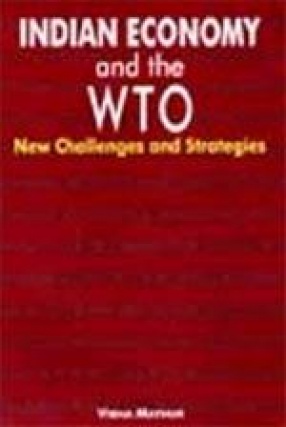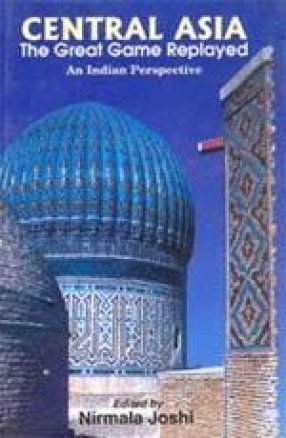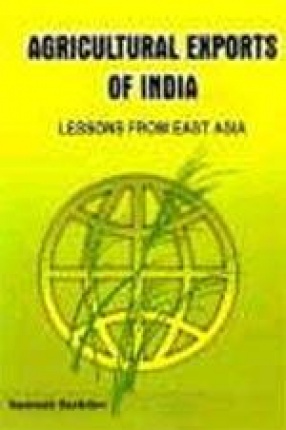
Showing all 6 books

Over the years, significant changes in the EXIM policy have helped to strengthen the export production base by removing procedural bottlenecks, facilitating input availability and upgrading technological advancements. Policy-makers have realised that there is no alternative but to give a thrust to the export sector. For this purpose, the Ministry of Commerce has identified 14 thrust products for giving special attention by providing a policy framework to increase ...

This book provides glimpses of the past, present and future of the Indian economy. It traces the evolution and explains the present structure of different sectors of the Indian economy. This work is important to understand the impact of new challenges thrown by the WTO regime. Although purportedly a democratic institution, the WTO is dominated by the industrialised countries of the world. Though developing countries make up three-fourth of WTO memership and by ...


In the nineteenth century, the great game was played between two major colonial powers of the time—Tsarist Russia and Great Britain. The prize was "The Jewel in the Crown"—India, and the pathway to it ran through Afghanistan. Today, the pathway still runs through Afghanistan but the players are different—the United States of America, Russia and China, with Iran, India, Pakistan on the periphery. ...

The present study is based on the fundamental premise that India being a low income agricultural economy, enjoys comparative advantage in agricultural products and labour intensive manufactures. An increase in the share of agricultural exports in total exports would lead to better performance of her external sector. This book offers a critical analysis of comparative advantage in agricultural exports of South Asia, especially of India. In view of the vastness of ...

17 years of financial reforms in India have created a fairly sound framework for higher growth and integration with the world economy. Though the task is by no means complete, the groundwork that has been laid will allow us to move rapidly towards the financial architecture that is appropriate for a country of India's size and aspirations. Financial markets and institutions need to evolve considerably in order to keep up with the requirements of Indian firms and ...
